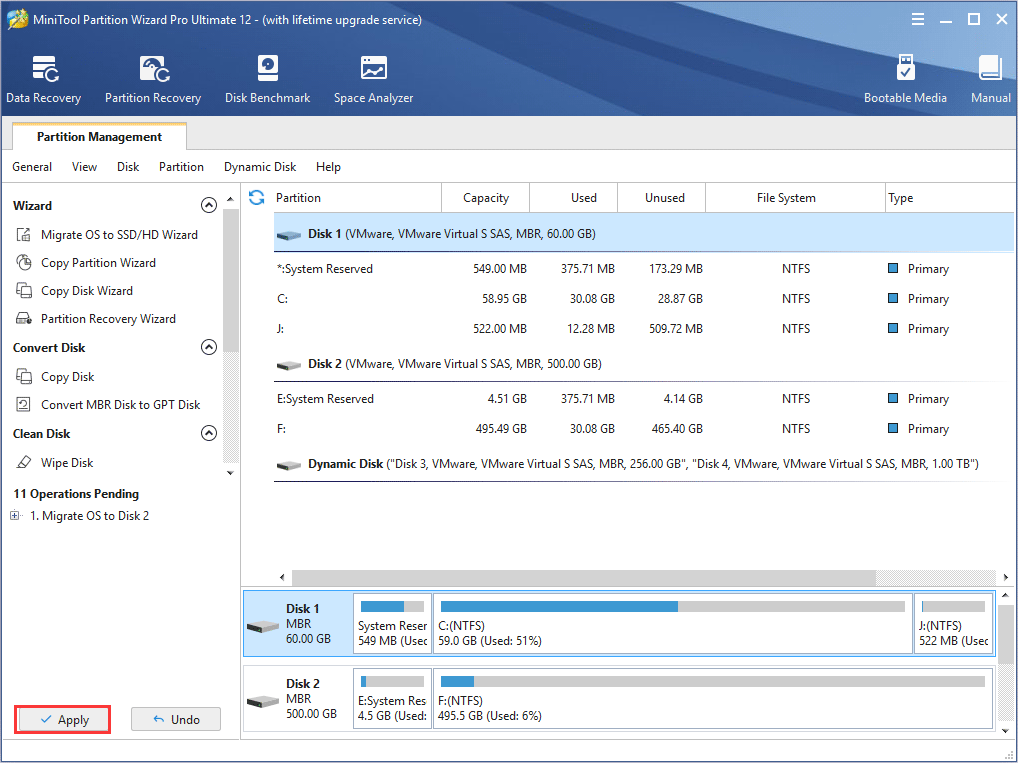

When asked on the type of installation, you’ll want to pick Custom: Install Windows Only. KeyOutput = Mid(Chars, Cur + 1, 1) & KeyOutput MsgBox ConvertToKey(WshShell.RegRead("HKLM\SOFTWARE\Microsoft\Windows NT\CurrentVersion\DigitalProductId")) Set WshShell = CreateObject("WScript.Shell") Luckily there is a way to do this using a Visual Basic Script, copy the code below into a Notepad window and save it as productkey. Windows 10 should automatically activate when you finish installation and land on your desktop – but just in case it doesn’t I like to retrieve the product key just in case I need to use it (better safe than sorry right?). Now the Media Creation Tool will download Windows and create the USB installer. Once you’ve selected the architecture, make sure USB flash drive is selected as the destination media and select it from the list. This will now display all the information about your computer, but most importantly, the version Pro/Home and the architecture 32-bit or 64-bit.


If you’re not sure which architecture you need you can either select both or go to This PC on Windows Explorer, right click and select properties.


 0 kommentar(er)
0 kommentar(er)
